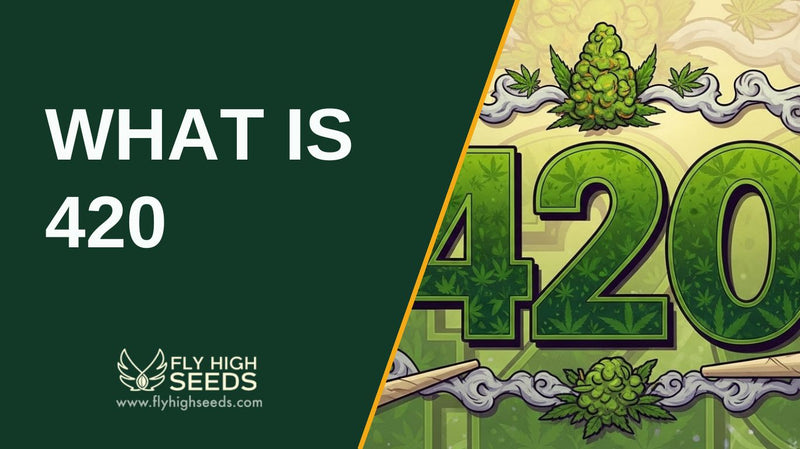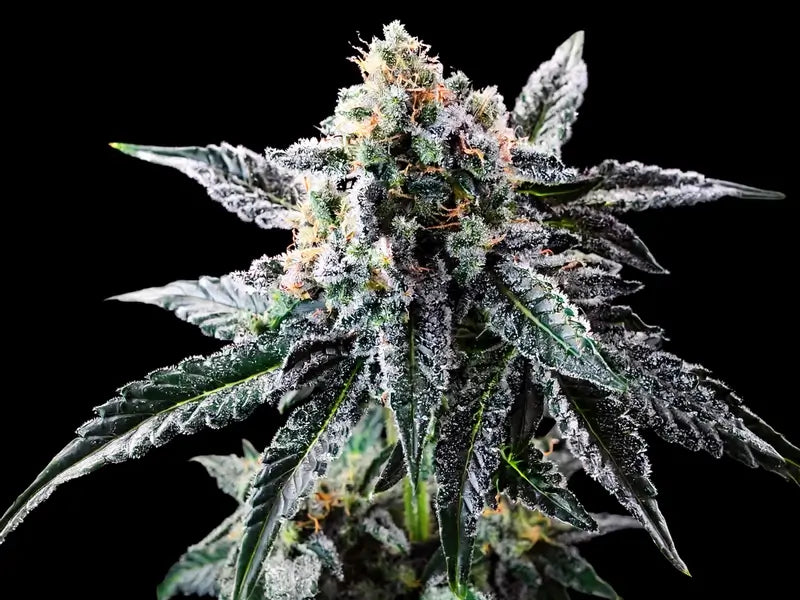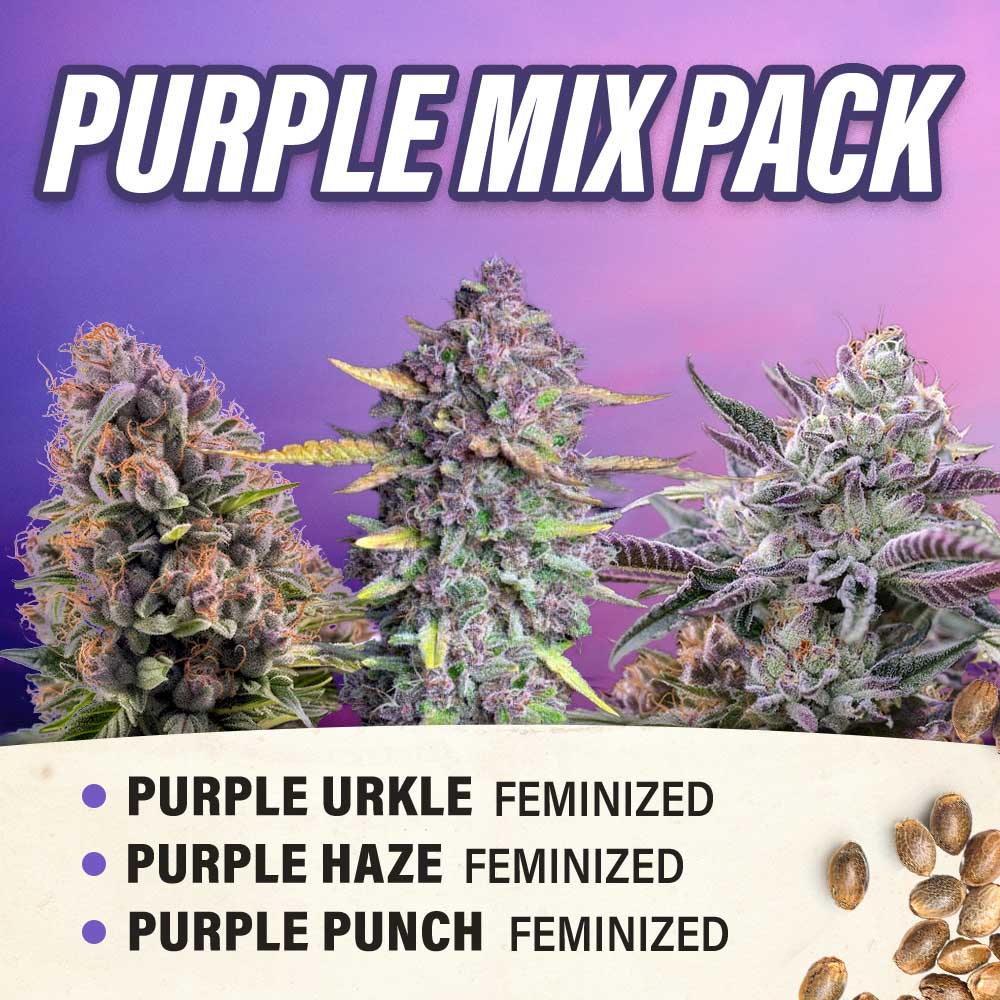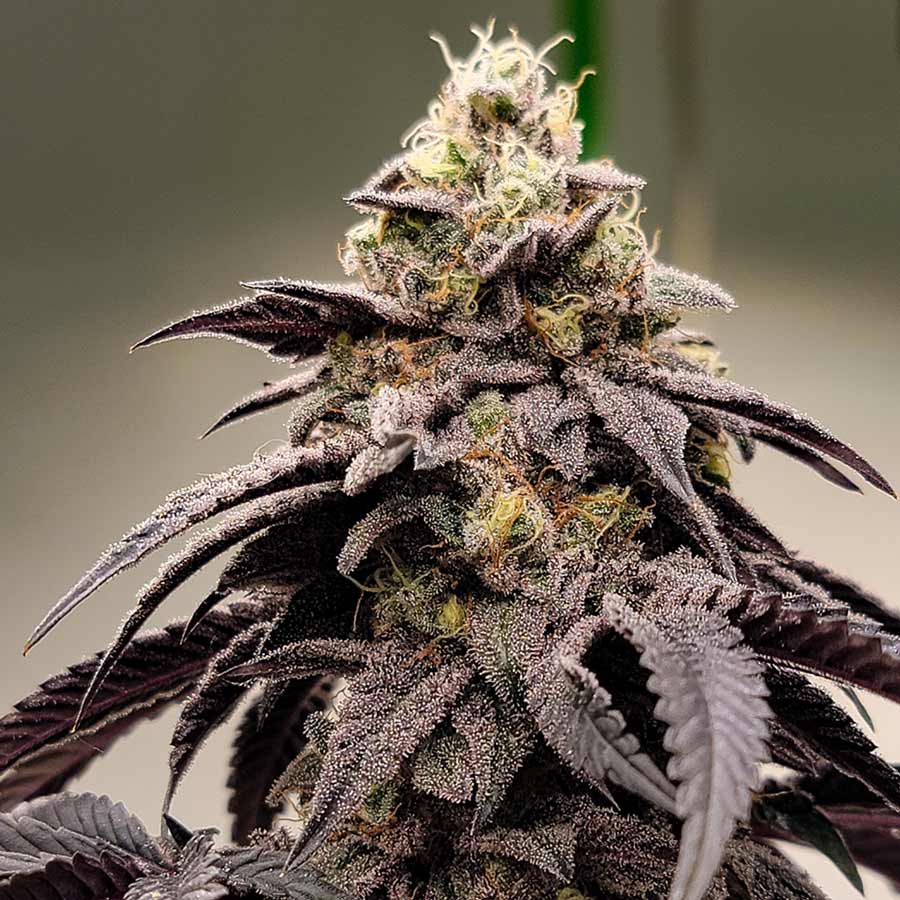What is 420? Understanding the Roots of this Legendary Term

Every April, conversations spark up around a curious number: 420. For some, it’s just a time on the clock, but for cannabis enthusiasts it’s become a symbol woven into marijuana culture, celebration, and community.
What started decades ago with a small group of high school students has grown into a global phenomenon—an unofficial holiday that continues to influence how people consume cannabis, connect with like minded individuals, and reflect on the history and future of legalization.
Key Takeaways
- 420 originated in the 1970s as a code among California high school students for meeting to smoke cannabis.
- The term spread through the Grateful Dead community and later gained mainstream recognition via High Times magazine.
- April 20 (4/20) evolved into an unofficial global holiday celebrating cannabis culture and legalization efforts.
- Today, “420” is used to reference time (4:20 p.m.), the date (April 20), or as shorthand for being “420-friendly.”
- It symbolizes community, advocacy, and cultural acceptance, going beyond consumption to represent decades of cannabis history.
What is 420?

420 is a slang term that originated in the 1970s as a code word among a group of high school students in San Rafael, California, who used it to refer to their meeting time to smoke weed.
Over time, it spread beyond that small group, becoming widely recognized in cannabis culture and eventually turning April 20 (4/20) into an unofficial holiday celebrated by smokers and cannabis enthusiasts worldwide.
History of “420”
The story of “420” is as much about youth, culture, and community as it is about cannabis itself. What began as an inside joke among a few students has transformed into a global symbol of marijuana culture, recreational use, and celebration. Here’s how it all unfolded over the decades:
The San Rafael Origins
In the early 1970s, five high school students from San Rafael, California—Steve Capper, Dave Reddix, Jeffrey Noel, Larry Schwartz, and Mark Gravich—used “420” as a secret code word. It referred to their meeting time, 4:20 p.m., when they would gather after school to smoke weed and search for a rumored hidden cannabis plant. This small group of friends unknowingly planted the seeds of a cultural phenomenon.
Connection to the Grateful Dead
The term spread further thanks to ties with the Grateful Dead, a band deeply associated with counterculture and cannabis use. Reddix later worked with the band, and the expression traveled through their circle of fans. The association between “420” and the band’s culture helped solidify its place in marijuana history.
High Times Magazine and Wider Exposure
In the 1990s, High Times magazine adopted the phrase, featuring it prominently in articles and promotions. The publication helped cement “420” as a cultural marker within the cannabis community, spreading awareness to smokers and enthusiasts far beyond California.
The Rise of April 20 as “Weed Day”
As cannabis culture grew, April 20 (4/20) evolved into an unofficial holiday where like minded individuals gathered to consume responsibly, celebrate legalization efforts, and advocate for wider acceptance. Events, festivals, and rallies across the world have made the date a global phenomenon that continues to expand rapidly.
Relevance Today
Decades later, “420” is no longer just a code word whispered among students—it’s a worldwide celebration of cannabis culture. With growing legalization, dispensaries hosting events, and mainstream media like Huffington Post covering its popularity, 420 remains both a symbol of the plant’s history and an evolving sign of acceptance in modern society.
When to Properly Use 420?
Knowing when and how to use the term “420” helps keep its meaning clear and respectful within cannabis culture. While it’s become a mainstream slang term, it still carries roots in history, community, and celebration. Here are the key ways it’s properly used:
- As a reference to time (4:20 p.m.) – Often used as a meeting time or symbolic moment to smoke cannabis with friends or like minded individuals.
- To mark the date (April 20) – Recognized globally as “weed day,” it’s an unofficial holiday where cannabis enthusiasts gather for events, consumption, and advocacy.
- As shorthand for cannabis culture – In conversation, saying “420-friendly” signals openness to cannabis consumption or a shared appreciation of marijuana culture.
- Within community events and advocacy – Used in promotions, festivals, and rallies tied to cannabis legalization and responsible consumption.
-
As a cultural symbol – Beyond just smoking weed, it represents decades of history, recreational use, and the expanding acceptance of cannabis worldwide.
Final Thoughts

420 has come a long way from a quiet code word between a handful of high school students to a symbol recognized across the world. Today, it carries with it decades of history, celebration, and cultural influence that continues to grow alongside the expanding acceptance of cannabis.
Whether it’s about honoring its roots, joining the community on April 20, or simply understanding its meaning, 420 remains a reminder of how culture can turn a small inside joke into a global phenomenon.
If you’d like to look deeper into cannabis culture, legalization, and the evolving community around it, be sure to learn more here.
Frequently Asked Questions
Is 420 only about smoking cannabis?
No. While the origin of 420 is tied to smoking weed, the term today goes far beyond that. It represents cannabis culture as a whole, which includes edibles, oils, tinctures, vaping, and even non-consumption gatherings where like minded individuals simply celebrate the plant, legalization efforts, and community.
Why is 420 sometimes linked to marijuana legalization?
Over the years, April 20 has become a date when advocates push for legal reform. Rallies, dispensary events, and educational campaigns often align with 420 to highlight the benefits of legalization, the risks of prohibition, and the importance of responsible consumption. This association has strengthened as more regions around the world move toward legal acceptance of recreational cannabis.
Is 420 celebrated everywhere?
While it began in California, 420 has expanded rapidly into a global phenomenon. Today, celebrations can be found in cities across North America, Europe, and even parts of Asia and South America. Each location may bring its own traditions, but the core theme of cannabis culture and community remains the same.
Does using the term 420 mean you use cannabis?
Not necessarily. Many people use the term as part of broader cultural or social references without actually consuming cannabis. For example, “420-friendly” might appear on a rental listing or event invite to signal openness to cannabis use, even if not everyone involved smokes or consumes.
Are there any risks in using cannabis on 420?
Like any form of cannabis use, there are potential risks if it’s not done responsibly. Overconsumption of edibles, mixing with alcohol, or using cannabis in illegal settings can lead to problems. Advocates often remind people on 420 to consume responsibly, know their limits, and be mindful of local laws to keep the celebration safe and positive.



